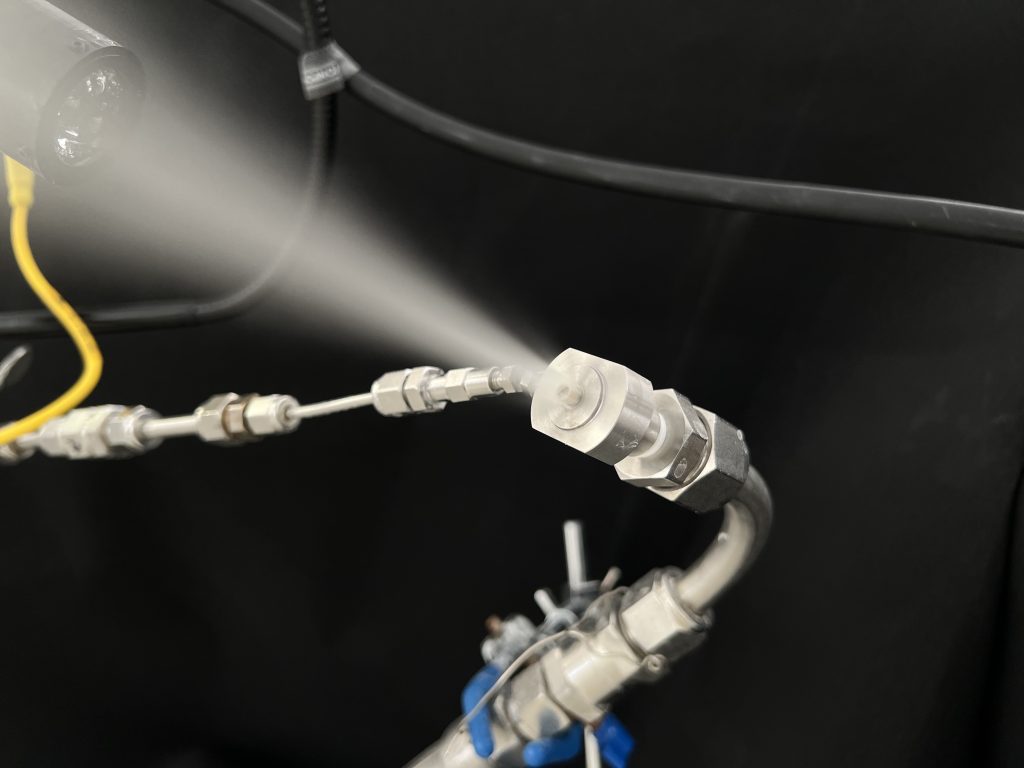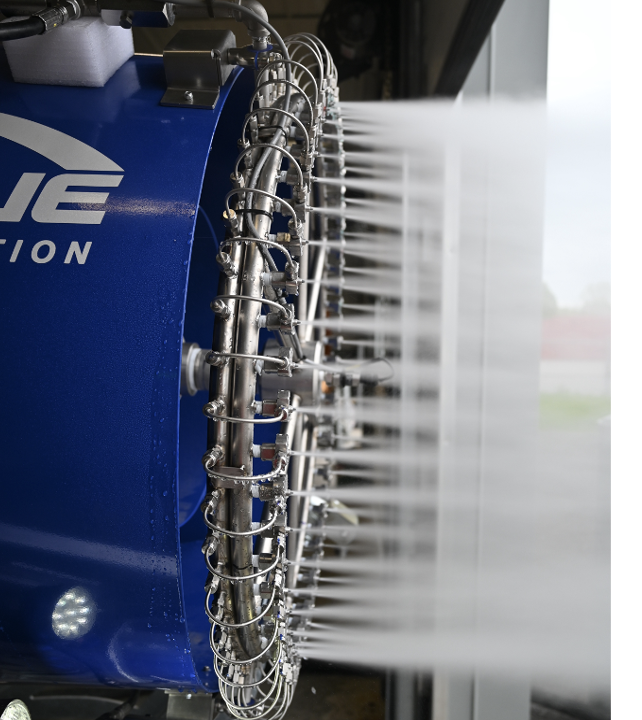Generating aerosols for cloud-aerosol research
In order to be able to conduct controlled-aerosol field studies of aerosol-cloud interactions, and to test the feasibility of marine cloud brightening, it is necessary first to develop the ability to generate the size and concentration of sea salt aerosols that atmospheric science studies indicate would be optimized for marine cloud brightening. According to these studies, a system optimized to brighten marine stratocumulus clouds will need to be able to produce:
a) 1015-1016 sea salt particles per second of particles in the 10-200 nm dry diameter size range, ideally with a peak in the size distribution near 30-60 nm dry diameter
b) an aerosol plume that is sufficiently buoyant to effectively mix vertically through the marine boundary layer downstream of the spray system, so it reaches cloud base, and
c) an aerosol plume where fewer than 0.1-0.2% of the generated aerosol particles have dry diameters larger than 2000 nm.
The requirements are based on 1) the size of the particles that are most effective at cloud brightening, (2) avoiding smaller or larger particles of a size that could produce counterproductive effects, (3) and for these particles to be efficiently delivered from the ocean surface to the clouds. (Connolly et al., 2014; Wood, 2021).
Producing this quantity of aerosols of the desired small sizes, while simultaneously not producing the somewhat larger undesired aerosol, is a significant technological challenge. To meet this challenge, the MCB Program team has focused on extensive theoretical and laboratory studies of different individual nozzle designs.
Tests in a laboratory environment have been used to quantify how, for example, differences in the air and saline water flows in the nozzle and changes in ambient humidity affect the generated aerosol size distribution. High-resolution (computational fluid dynamics) model studies are continuously combined with these laboratory studies to determine what design and operational changes might improve aerosol characteristics and generation efficiency.

Having identified an initial nozzle design that meets the requirements for the generated sea salt aerosol size, the team has incorporated tens of these nozzles into a single instrument – the Cloud-Aerosol Research Instrument (CARI).

Learn more:
Marine Cloud Brightening Program (main page)
Small-Scale Field Studies to Quantify Key Processes & Inform Models
Generating Aerosols for Cloud-Aerosol Research
Governance, Engagement and CAARE
